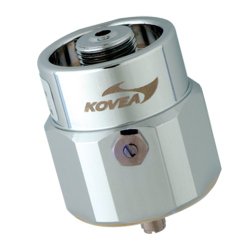dhays
Guru
- Joined
- May 26, 2015
- Messages
- 9,045
- Location
- United States
- Vessel Name
- Kinship
- Vessel Make
- North Pacific 43
This thread seems to be devolving quickly....
Remember, there are many appliances and ac adapters that won't work or will be ruined with a non-pure sine wave inverter. Learned this the hard way.
As a backup we will have a Single Burner Butane stove but will most likely never use it.

My experience is identical to David's. The run-time is reduced considerably, or sometimes not at all, if we're underway during the day and only stopping overnight. We can go for weeks this way.
I have a 7.5 KW genset but find I have to work hard to load it up. For example, heat water, run the range and battery charger simultaneously. Or run the reverse-cycle heat or AC along with one or two other big loads. We could certainly get by nicely on 3.5 KW.
Obviously, if you find it inconvenient to think about your usage patterns, and just want everything to work at the flip of a switch, you go bigger.
You, as many do, way over estimate the need to "load up" your generator. Actually, any one of the loads you mention will be just fine for it. You just want some load on it, and avoid no load after a brief warm up or cool down cycle.
